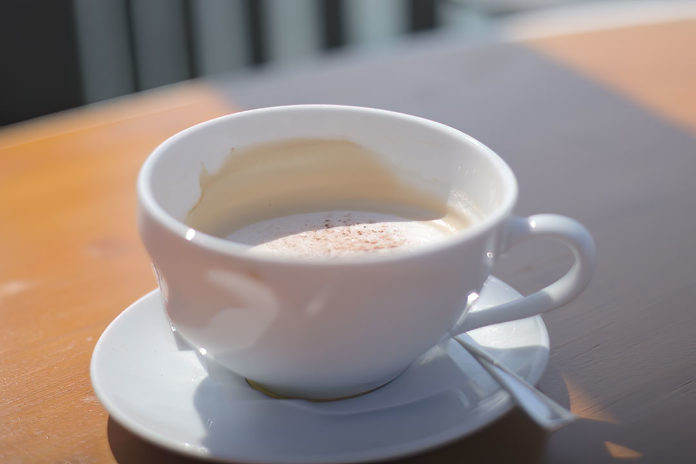In the art of photography, manipulating focus through bokeh and depth of field is not merely a technical skill; it’s a powerful narrative tool that can transform a simple photo into a compelling story. Mastering these elements allows photographers to direct the viewer’s attention, convey subtle emotions, and add layers of meaning to their images. Here’s an in-depth look at how to use these techniques effectively.
Capturing Attention with Bokeh and Depth of Field
Selective Focus Techniques: The deliberate choice of what to keep in focus and what to blur can dramatically affect how a viewer interacts with an image. By using a shallow depth of field, you can isolate your subject from its background, making it the undisputed focal point of the composition. This technique is particularly useful in portraiture or when capturing any subject that needs to stand out against a potentially distracting background.
Lens and Aperture Choices: Large apertures (low f-numbers) create a shallower depth of field, enhancing bokeh effects – where the lights in the background turn into appealing blur circles. The lens choice also impacts bokeh quality; wider apertures (such as f/1.4 or f/1.8) are ideal for creating pronounced bokeh. Prime lenses often offer wider apertures than zoom lenses and can provide a cleaner, more aesthetically pleasing bokeh.
Practical Application: When shooting a subject with a busy background, open the aperture to reduce the depth of field. This blurs the background and brings sharp focus and attention to the subject. Positioning the subject considerably from the background will enhance this effect.
Expressing Emotion through Bokeh and Depth of Field
Mood Creation with Bokeh Quality: The quality of bokeh can subtly influence the emotional tone of a photograph. Soft, creamy bokeh often imparts a dreamy, romantic feel, suitable for warm, intimate portraits or serene landscape shots. On the other hand, harsher, more defined bokeh can create a sense of tension or drama, ideal for more dynamic or moody scenes.
Color and Light: The interplay of bokeh with light and color can significantly affect mood. For instance, bokeh created from sunlit water droplets or twinkling city lights can add a magical quality to the image, evoking wonder and excitement.
Practical Application: Use the time of day to your advantage. Shooting during the golden hour with a wide aperture can produce a soft background with a warm glow, perfect for enhancing the emotional warmth of the image.
Enriching Narrative Depth with Bokeh and Depth of Field
Layering and Depth: Effective use of depth of field can add a three-dimensional feel to a two-dimensional medium. By strategically focusing on one layer while blurring others, you can guide the viewer’s eye through the image in a way that tells a story. For example, a sharply focused foreground with a blurred background can draw attention to the main subject while providing contextual information subtly.
Foreground Bokeh: Bokeh isn’t just for backgrounds; creatively using out-of-focus elements in the foreground can frame the main subject and add depth. This technique can also obscure parts of the scene, leaving a bit to the viewer’s imagination and enhancing the narrative mystery of the photo.
Practical Application: Experiment with placing objects between the camera and the subject. For example, shooting through foliage, glass, or mesh can create intriguing foreground bokeh effects that add complexity and narrative intrigue to the image.
Bokeh and depth of field are more than just photographic techniques; they are storytelling tools that, when used thoughtfully, can transform a photograph’s impact and message. Whether drawing attention to a subject, setting an emotional tone, or building a layered narrative, these techniques offer endless creative possibilities. By understanding and manipulating bokeh and depth of field, photographers can capture images and craft stories that resonate with emotion and depth.



